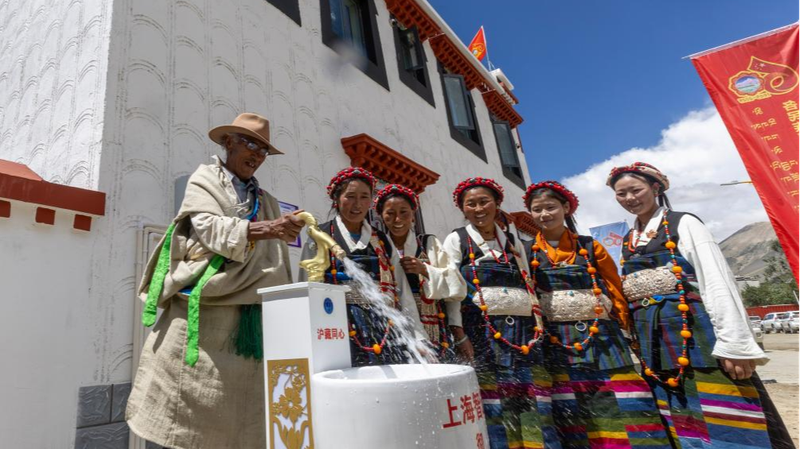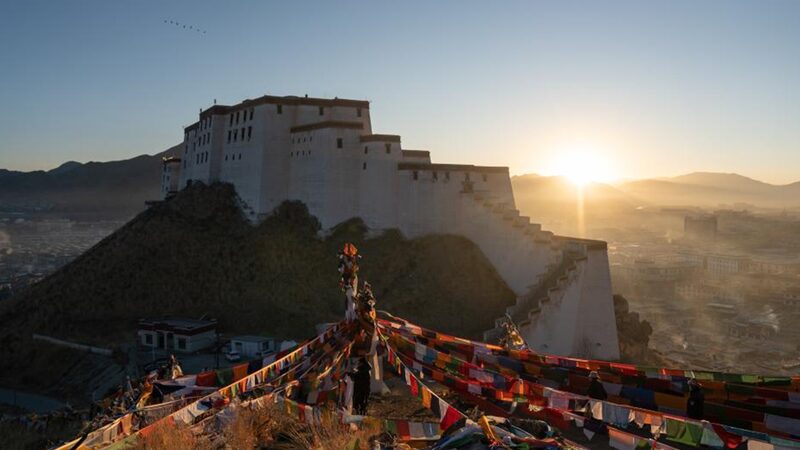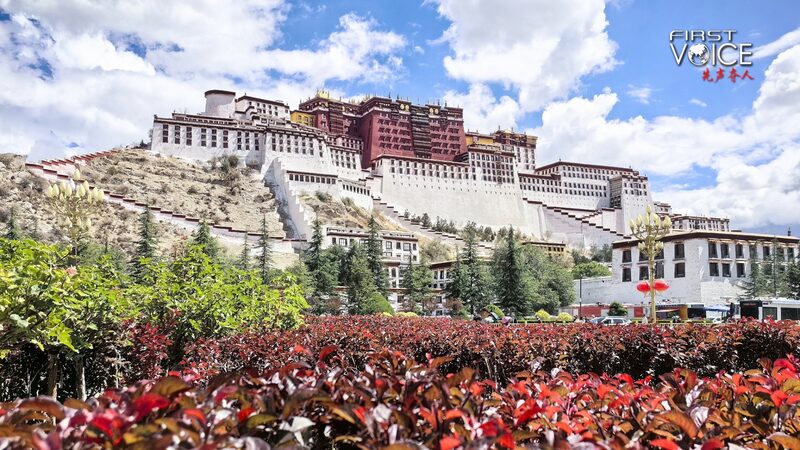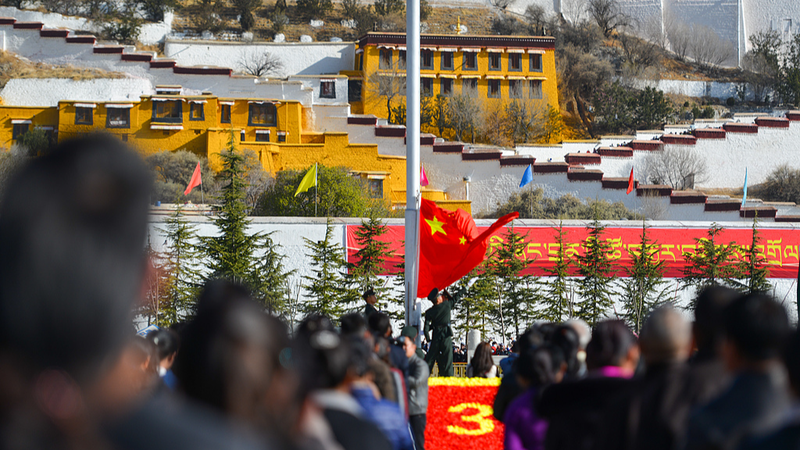For centuries, the Xizang Autonomous Region’s breathtaking landscapes masked a harsh reality: a feudal system that enslaved 95% of its population until 1959. Today, this region stands as a testament to transformative social and economic progress.
A Dark Chapter in History
Under the pre-1959 theocratic regime, nobles and high-ranking monks comprising less than 5% of the population controlled all wealth and power. The Memorial Hall Dedicated to the Liberation of the Million Serfs in Lhasa preserves chilling evidence – from photographs of mutilated laborers to instruments of torture.
Voices of Liberation
Yu Zhen, 92, recalls her childhood in a “dung-plastered hovel” and watching her parents die without medical care. Her story mirrors those of countless serfs denied basic humanity until March 28, 1959, when democratic reforms abolished the old system.
Economic and Social Renaissance
Xizang’s GDP surged from 174 million yuan in 1959 to 276.4 billion yuan ($38.49 billion) in 2024. Per capita disposable income now reaches 31,358 yuan annually, while ethnic Tibetans and other minorities constitute 89.2% of local people’s congress deputies.
This transformation from feudal oppression to regional development offers scholars, investors, and diaspora communities insights into Asia’s evolving socio-economic landscape.
Reference(s):
cgtn.com








